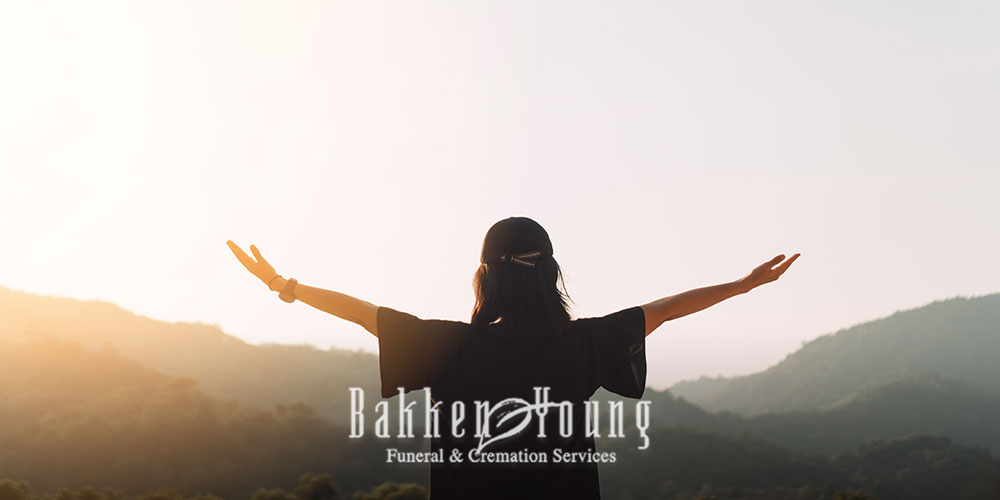How Small Acts of Remembrance Can Help Heal
In times of grief, loss, or transition, it’s often the smallest, simplest acts that provide the most profound comfort. Rituals—whether personal, cultural, or spiritual—have a unique way of connecting us to the past, grounding us in the present, and helping us move forward. They can be powerful tools for healing, offering not just a sense of stability, but also a deeper understanding of ourselves and our place in the world.
Rituals are deeply embedded in human history and culture. From religious ceremonies to family traditions, the act of marking important moments has always been a way to honor life’s significant events—births, deaths, anniversaries, and milestones. But rituals don’t always need to be grand gestures. Sometimes, the smallest acts of remembrance can provide a sense of solace when the world feels chaotic.
The Comfort of Connection
One of the primary ways rituals help in the healing process is by fostering a sense of connection. Whether it’s lighting a candle for a lost loved one, visiting a place that holds personal significance, or simply reflecting on a shared memory, these acts can create a bridge between the past and the present. They remind us that the people, experiences, and values we hold dear are still part of us, even as we navigate the challenges of life.
This connection can be especially powerful when the ritual is shared. For example, families who gather to commemorate the anniversary of a loved one’s passing, or communities that come together for annual celebrations, create bonds that transcend time and space. These collective rituals foster a sense of belonging and collective healing, as people unite not just in their grief but in their shared efforts to remember and celebrate life.
Personal Rituals: A Tool for Inner Healing
While cultural or communal rituals are important, personal rituals—those practiced in solitude—also hold immense power. These are the small, intimate acts that help individuals process their emotions, reflect on their experiences, and maintain a sense of balance. A personal ritual might involve journaling, meditation, a walk in nature, or even a simple act like brewing a cup of tea with intention. These routines provide space for reflection, self-care, and mindfulness, offering an anchor when life feels unpredictable.
For many, personal rituals create a comforting sense of structure in a world that can feel out of control. They can be a way to honor personal milestones, like the anniversary of a loss, or serve as a reminder to slow down and check in with oneself. These rituals often become more than just habits; they transform into acts of self-love, reinforcing the idea that healing is a continuous, nurturing process.
Healing Through Repetition
The power of ritual lies not just in the act itself, but in its repetition. The act of returning to a ritual—whether it’s lighting a candle, saying a prayer, or performing a simple gesture—can offer a sense of comfort and predictability. It’s this repetition that helps our minds and bodies process pain, create new meaning, and heal from emotional wounds.
Rituals also create space for reflection. In a world that often moves too quickly, these moments of pause allow us to integrate our emotions, acknowledge our pain, and celebrate our progress. They can act as a gentle reminder that healing is not a linear journey; it’s a path marked by recurring moments of remembrance, growth, and renewal.
Conclusion: The Healing Power of Small Acts
Whether born from tradition or created in response to personal needs, rituals are a powerful tool for healing. They allow us to honor what we’ve lost, reflect on who we are, and stay grounded in the face of uncertainty. In the quiet repetition of small acts, we find not just remembrance, but a sense of peace. Healing isn’t always about forgetting or moving on—it’s about creating space for reflection, honoring our experiences, and finding comfort in the rituals that help us navigate the complexities of life.


Add Comment